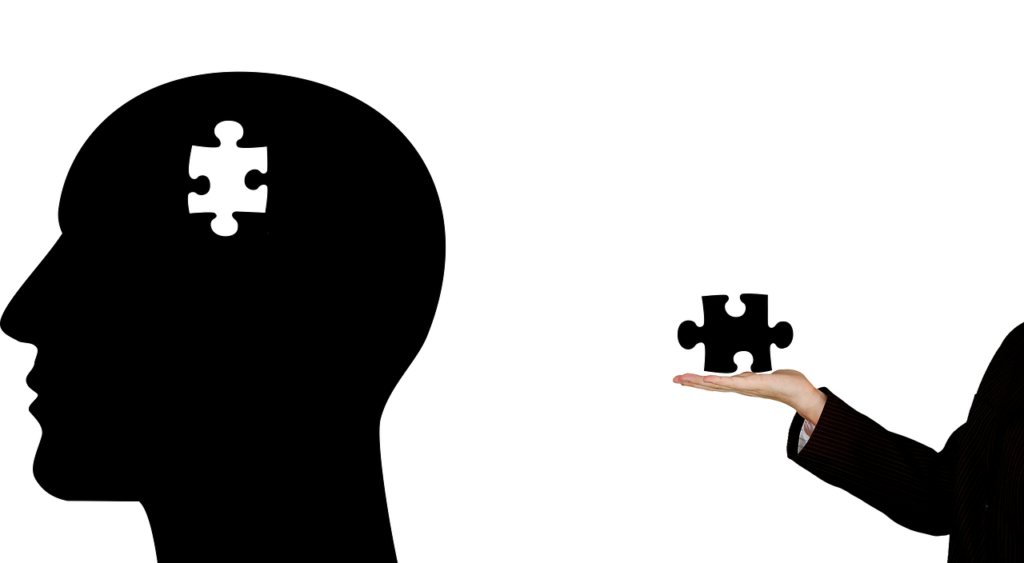Psychophysics is a subfield of psychology that focuses on the study of physical stimuli and their interaction with sensory systems. This area of research has been extensively used to draw conclusions on how information is processed by the visual and other sensory systems. In this article, we will explore the ways in which psychophysics has been used in the field of psychology.
One of the classical psychophysical methods used in psychology is the method of limits. This involves presenting stimuli of varying intensities to participants, and asking them to indicate when they can first detect a stimulus or when they can no longer detect it. This method allows researchers to determine the threshold of sensitivity for a particular sensory system.
Another method that is commonly used is the method of constant stimuli. In this approach, a set of stimuli of varying intensities is presented to participants in a random order. Participants are asked to indicate whether they can detect the stimulus or not. This method provides a more precise estimate of the threshold of sensitivity than the method of limits.
The method of adjustment is another psychophysical method that is used in psychology. In this method, participants are presented with a stimulus and are asked to adjust the intensity of the stimulus until it is just detectable. This method allows researchers to determine the threshold of sensitivity for a particular sensory system more quickly than the method of limits.
Staircase procedures are another variation of the method of limits. In this approach, the intensity of the stimuli is gradually increased or decreased until the threshold of sensitivity is determined. This method is often used when the threshold of sensitivity is difficult to determine uing other methods.
Bayesian and maximum-likelihood procedures are newer methods that have been developed in psychophysics. These methods allow researchers to estimate the probability that a participant will detect a stimulus based on the intensity of the stimulus and the noise in the sensory system.
Magnitude estimation is a psychophysical method that is used to quantify the subjective experience of a stimulus. In this method, participants are asked to rate the intensity of a stimulus on a numerical scale. This method provides a way to measure the subjective experience of a stimulus, rather than just the threshold of sensitivity.
Psychophysics has had a significant impact on psychology and related fields. By providing a means of measuring sensation, psychophysics has allowed researchers to study the sensory systems in a more objective way. Psychophysical methods are used today in studies of sensation and in practical areas such as product comparisons and evaluations (e.g., tobacco, perfume, and liquor) and in psychological and personnel testing.
Psychophysics is a subfield of psychology that has been instrumental in advancing our understanding of how sensory systems process information. The methods used in psychophysics have allowed researchers to measure sensation in a more objective way, and have provided insights into the sensory systems that were previously considered private and immeasurable.
What Does Psychophysics Mean In Psychology?
Psychophysics is a subfield of psychology that focuses on the study of physical stimuli and their interaction with sensory systems. It aims to understand how the physical properties of stimuli, such as light and sound, are perceived by the human senses. Psychophysical tasks are commonly used in this field to draw conclusions about the underlying mechanisms of perception. These tasks often involve measuring the threshold at which a stimulus can be detected or discriminated by an observer, as well as the magnitude of perceived sensations. By examining the relationship between physical stimuli and perceptual experience, psychophysics provies insights into the underlying processes that govern sensory perception and cognition.

How Is Psychophysics Used Today?
Psychophysics is a branch of psychology that deals with the relationship between physical stimuli and the subjective sensations that they produce. Today, psychophysical methods are used in a variety of settings, including scientific research and practical applications.
In research, psychophysical methods are used to study sensory perception and to investigate the limits of human perception. For example, researchers might use psychophysical methods to determine the minimum amount of light necessary for a person to see a particular object, or to test the ability of individuals to discriminate between diffrent tastes or smells.
In practical settings, psychophysical methods are used in product evaluations and comparisons. For example, companies might use psychophysical methods to compare the flavors of different types of coffee or to evaluate the effectiveness of different types of pain relievers. Psychophysical methods can also be used in psychological and personnel testing, where they can be used to measure individual differences in perception and performance.
Psychophysics is a valuable tool for understanding human perception and behavior, and its applications can be found in a wide range of fields, from basic research to practical applications in industry and commerce.
What Are The Types Of Psychophysics?
Psychophysics is the scientific study of the relationship between physical stimuli and the sensations and perceptions they evoke in humans. There are several types of psychophysics methods used in research studies, including:
1. Method of limits: This method involves presenting a stimulus at varying levels of intensity and asking the participant to indcate when they detect the stimulus or when it disappears.
2. Method of constant stimuli: In this method, stimuli are presented at different intensities in a random order, and the participant must indicate whether they can detect the stimulus or not.
3. Method of adjustment: Similar to the method of limits, this method involves presenting stimuli at varying intensities, but the participant can adjust the intensity until they detect or no longer detect the stimulus.
4. Staircase procedures: This method is used to determine a participant’s threshold for detecting a stimulus by adjusting the intensity of the stimulus based on their responses.
5. Bayesian and maximum-likelihood procedures: These methods use statistical models to determine the participant’s sensitivity to a stimulus and their bias in responding.
6. Magnitude estimation: This method involves asking participants to rate the perceived intensity of a stimulus on a numerical scale.
These psychophysics methods are essential in understanding how humans perceive the world around them and how they respond to different stimuli.
Why Is Psychophysics Important In Psychology?
Psychophysics is important in psychology because it provides a quantitative and objective method for measuring sensation, which was previously considered subjective and immeasurable. This method allows researchers to study the relationship beteen physical stimuli and perceptual experiences, which is crucial for understanding how our sensory systems function. Psychophysical measurements have been used to investigate the limits of sensory processing, individual differences in sensory perception, and the effects of attention and learning on sensory processing. Furthermore, psychophysics has had a significant impact on sensory physiology, as it has provided a means of testing hypotheses about the neural mechanisms that underlie sensory processing. psychophysics has been a valuable tool for advancing our understanding of perception and the sensory systems that mediate it.

Conclusion
Psychophysics has played a vital role in the field of psychology by providing a means of measuring sensation, which was previously considered immeasurable. The various psychophysical methods such as the method of limits, constant stimuli, adjustment, staircase procedures, Bayesian and maximum-likelihood procedures, and magnitude estimation have been extensively used to draw conclusions on how information is processed by the sensory systems. Psychophysical methods have also been used in practical areas such as product comparisons and evaluations, as well as in psychological and personnel testing. By understanding how physical stimuli interact with the sensory systems, we can gain insights into how the brain processes information, leading to a better understanding of perception and behavior. psychophysics has had a significant impact on psychology, sensory physiology, and reated fields, and continues to be a valuable tool for researchers and practitioners alike.
